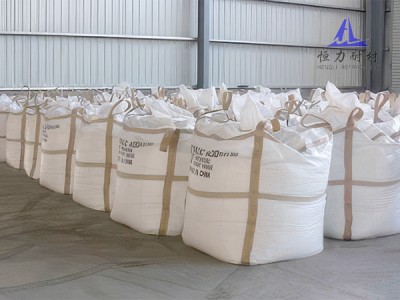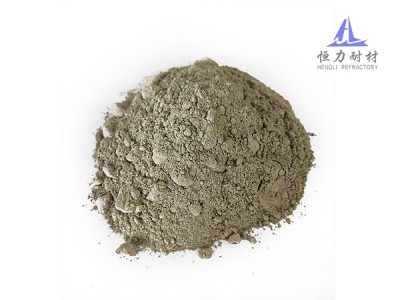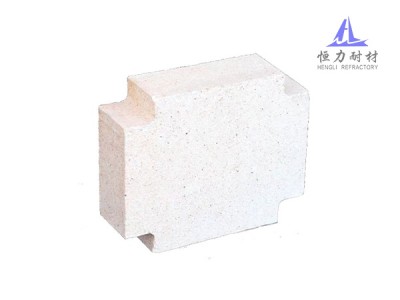Title: From Clay to Vietnam Glass Factory: The Journey of a Large Brick
Source:http://en.hnhenglinc.com/news/23.html Release time:2024-09-05 Click:368
In modern architecture and industrial production, clay bricks continue to play a crucial role. Especially for the large bricks shipped to Vietnam's glass factories, the manufacturing process is intricate and detailed, involving multiple steps and strict quality control. This article takes you through the journey of a large brick, exploring its production process.

1. Material Preparation
The first step in making clay bricks is preparing high-quality clay. The clay is typically extracted from the ground and undergoes preliminary screening and cleaning to remove impurities. The selected clay is then sent to the mixing area, where it is combined with other materials such as sand and mineral additives. This mixing process is critical because the proportion of different components affects the brick's strength and durability.
2. Molding
The mixed clay is sent into a molding machine. For large bricks, the molding process is especially crucial to ensure uniformity and integrity. The clay is pressed into specific shapes and sizes in the molding machine, then sent to the drying area. The molded bricks usually undergo pre-drying to remove most of the moisture, preventing cracks during subsequent firing.
3. Firing
After drying, the bricks are sent to the kiln for firing. The firing process usually takes several days, with strict temperature control. High-temperature firing not only increases the strength of the bricks but also enhances their fire resistance and wear resistance. For the large bricks destined for Vietnam's glass factories, the firing process must ensure that the bricks meet specific quality standards to perform effectively in industrial applications.
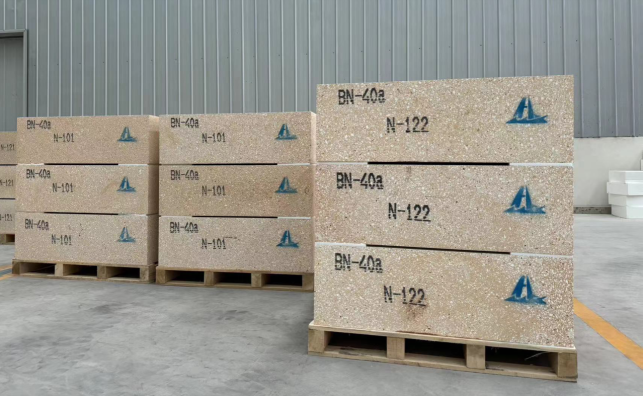
4. Inspection and Packaging
After firing, each brick undergoes rigorous inspection. The inspection items include the size, strength, color, and surface quality of the bricks. Only bricks that meet all standards are selected for packaging. Large bricks are typically packaged using durable materials to ensure they are not damaged during transportation.
5. Transportation
The inspected and packaged bricks are then transported to the glass factory in Vietnam. During transportation, the bricks need careful handling and protection to prevent breakage. Transportation usually involves various methods, including land and sea, to ensure the bricks safely reach their destination.
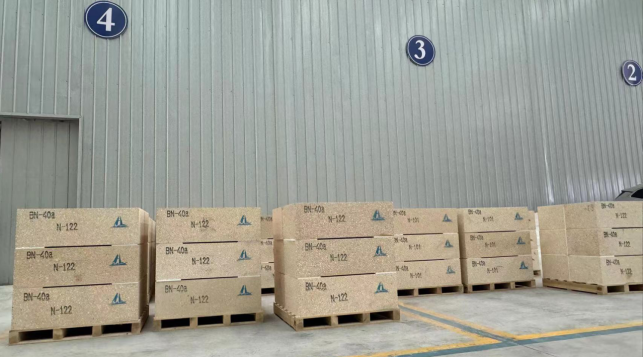
6. Factory Use
Once they arrive at the glass factory in Vietnam, the bricks are used as essential materials in the production process. They may be used to support glass furnaces or serve as base materials for other industrial applications. Their quality and performance directly impact the factory's production efficiency and product quality.
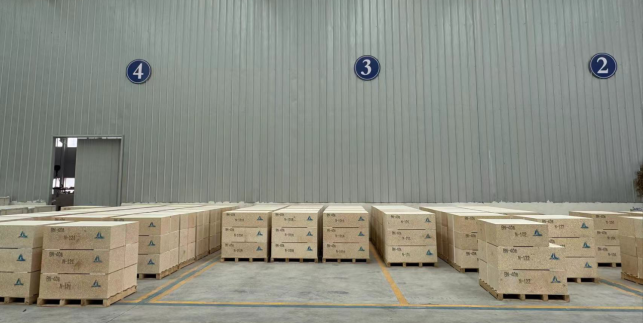
Conclusion
From fireclay to the large bricks shipped to the Vietnam glass factory, the production process is complex and meticulous. Every step requires precise operation and strict quality control to ensure the final product's quality and performance. This process not only reflects the essence of traditional craftsmanship but also demonstrates the high standards and efficiency of modern industrial production.


